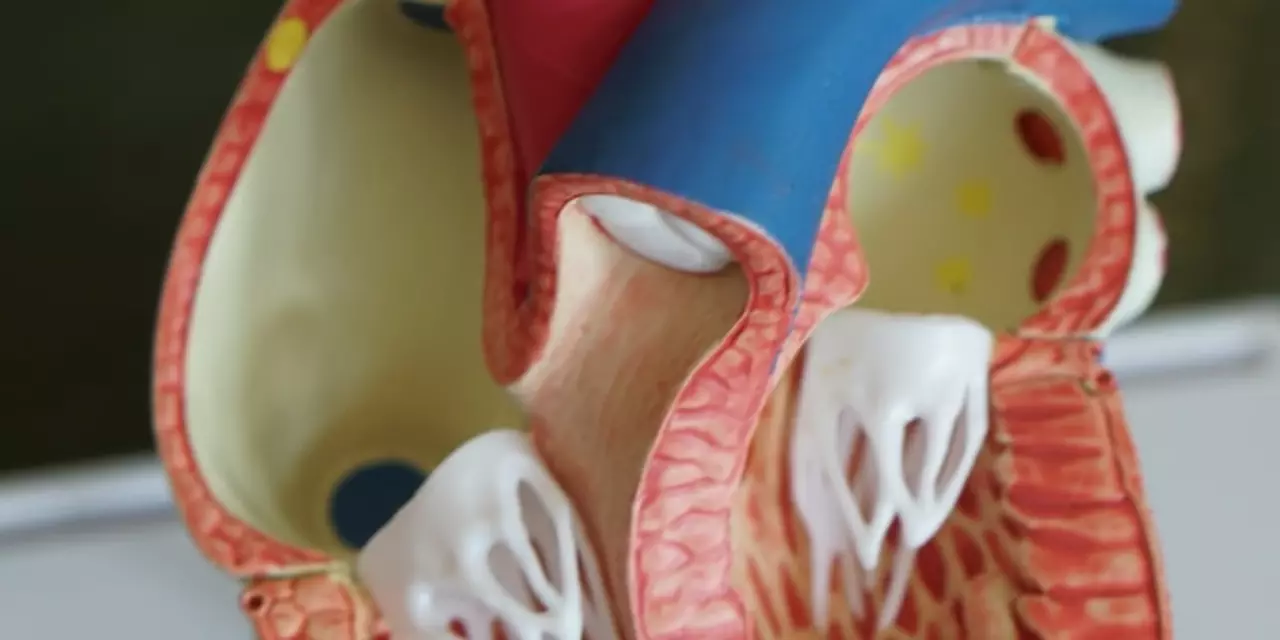Quitting Smoking: Simple Steps to Kick the Habit
If you’ve been thinking about ditching cigarettes, you’re not alone. Millions decide to quit every year, but only a few stick with it. The good news? You don’t need a miracle cure – just a clear plan and a few everyday tricks.
Why quit now?
Every cigarette you smoke adds extra strain to your lungs, heart, and even your mood. Within just 20 minutes of your last puff, your heart rate drops back to normal. After 12 hours, the carbon monoxide level in your blood is back to healthy. Those quick wins feel rewarding and keep you motivated.
Beyond the health boost, quitting saves money. A pack a day costs about £8‑£10 in the UK, which adds up to over £2,500 a year. Imagine what you could do with that cash – a weekend trip, a new bike, or simply a bigger cushion for emergencies.
Your cheat‑sheet for the first 30 days
1. Set a quit date. Pick a day in the next two weeks and mark it on your calendar. This gives you enough time to prepare without dragging the decision out.
2. Tell your circle. Let friends, family, or teammates know you’re quitting. Their support (or at least their awareness) can make cravings feel less isolating.
3. Swap the habit. Replace the hand‑to‑mouth motion with something else – chewing gum, a straw, or a stress ball. It tricks your brain into thinking it’s still doing the same routine.
4. Stay busy. Long drives, coffee breaks, or evenings after work are high‑risk moments. Plan activities like a short walk, a quick workout, or a game of table tennis to keep your mind off cigarettes.
5. Use nicotine replacement. Patches, lozenges, or e‑cigarettes can smooth the physical withdrawal. Choose a low‑dose option and gradually step down.
6. Track cravings. Write down when, where, and why a craving hits. Over time you’ll see patterns and can avoid or prepare for those triggers.
7. Reward yourself. Celebrate small victories. After day 3 smoke‑free, treat yourself to a nice meal. After day 7, buy that book you’ve been eyeing. Positive reinforcement keeps the momentum going.
The first two weeks are usually the toughest. You might feel irritability, trouble sleeping, or an urge to reach for a cigarette after meals. Remember, these symptoms are your body resetting. They peak around day 3‑5 and fade by day 14.
If you slip up, don’t throw the whole plan away. Analyze what caused the lapse, adjust your strategy, and get back on track. One slip isn’t a failure – it’s data.
Finally, keep the big picture in mind. Every smoke‑free day adds up to a healthier heart, clearer lungs, and a longer life. Your future self will thank you for the effort you put in today.
Ready to make the change? Grab a pen, set that quit date, and start ticking off the steps above. You’ve got the tools – now it’s time to use them.





